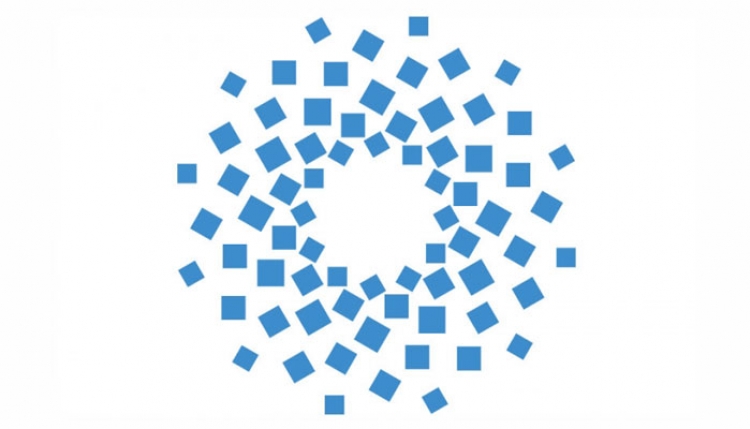Dubai - MENA Herald: Initial Public offering (“IPO”)
IPO performance in the Gulf Cooperation Council (“GCC”) in the second quarter (“Q2”) of 2016 remained low as oil prices and global economic volatility, regional political unrest as well as the recent UK vote on the referendum to leave the European Union (“EU”), “Brexit”, continued to bring uncertainty to GCC markets. The first regional offerings in Q2 2016 was by Al Yamamah Steel Industries Co. that owns and operates steel plant factories, who offered 15.24 million shares to the public (amounting to 30% of the company’s share capital) and raised proceeds of US$147 million. The second offering was by L’azurde Company for Jewellery which designs, manufactures and distributes precious metals in the MENA region, who offered 12.9 million shares to the public (amounting to 30% of the company’s share capital) and raised proceeds of US$127 million. Both companies are listed on the Saudi Stock Exchange, Tadawul.
Period to period performance
Looking at IPO performance in Q2 2016, compared to the same period in the prior year, the number of IPOs diminished by half and the total proceeds raised in Q2 2016 were approximately four times less as compared to Q2 2015. In terms of IPO performance compared to the previous quarter of this year, although the number of IPO’s in Q2 2016 doubled, the total money raised of US$274 million from the 2 offerings fell by 42% compared to Q1 2016.
Furthermore, IPO activity in the first half of 2016 (“H1 2016”) decreased compared to H1 2015, with total proceeds raised of US$745 million via 3 deals, compared to US$1.3 billion via 5 deals. The Tadawul has been the only active market in H1 2016, albeit with relatively low volumes.
Steve Drake, Head of PwC’s Capital Markets and Accounting Advisory Services team in PwC Middle East, said:
“Whilst uncertainties with oil prices remain and regional geopolitics continue to play out, we would expect to see continued volatility in regional equity markets. Valuations tend to fluctuate significantly in times of uncertainty and investors tend to stay out of equities. Any significant IPO activity we see in the short to medium term is therefore likely to be government sponsored”.
Global IPOs
Global IPO issuance experienced a slowdown in H1 2016, compared to H1 2015. Nonetheless, activity in the second quarter was higher than in the first quarter of 2016. Easing measures from the ECB and Bank of Japan remain in place, while the Fed is now expected to raise interest rates at a slower pace. Together with a recovery of oil prices, a decrease in volatility and improving economic indicators, investors were notably more upbeat than in the first quarter.
The amount of financing raised through global IPOs fell by 49% in Q2 2016 compared to Q2 2015. Nonetheless, compared to the first quarter proceeds increased by 136%. Global IPO money raised stood at US$34.5 billion via 241 deals in Q2 2016, compared to US$67.3 billion via 416 deals in Q2 2015 and US$77.0 billion via 325 deals in Q2 2014.
Financial services issuers were again the most active in Q2 2016, raising US$11.9 billion from 51 IPOs, representing 38% of proceeds on year to date basis.
Despite the selloff occurring post-Brexit on equity markets, the median performance of IPOs remains strong at the end of the second quarter. With a median return of 13% for 2016 IPOs, and 12% for 2015 IPOs, these outperform numerous other investment alternatives
Bond and Sukuk Markets
The GCC bond and Sukuk market demonstrated improved activity in Q2 2016 especially on the sovereign front as the market witnessed prominent issuances from regional governments demonstrating appetite for debt in the region still exists. However, the lower oil prices, which has contributed to increased budget deficits and slower growth, has led to same credit deterioration such as the recent downgrade by rating agencies of Saudi Arabia, Oman and Bahrain.
Bond Issuances
Q2 2016 marked one of the largest bond issuances in the region by the Government of Qatar amounting to US$9 billion, followed by the Government of Abu Dhabi amounting to US$5 billion, its first in 7 years. The Government of Qatar’s US$9 billion bond was a US$3.5 billion issuance with an issue price of 98.924% of the principal amount, a US$3.5 billion issuance with an issue price of 98.963% of the amount, and US$2 billion issuance with an issue price of 97.606% of the principal amount. The Government of Abu Dhabi issued US$5 billion of bonds with a US$2.5 billion issuance with an issue price of 99.753% of the aggregate nominal amount and a US$2.5 billion with an issue price of 99.562% of the aggregate nominal amount.
In corporate bonds issuances, Gulf International Bank BSC-Riyadh issued its US$533 million 5 year bond with a coupon rate of 3.4%, while Abu Dhabi National Energy Co PJSC (TAQA) issued a US$1 billion bond, spread into two senior notes tranches of US$500 million each, due in 5 and 10 years respectively.
Sukuk Issuances
Bank Al-Jazira successfully issued a US$533 million 10 year Sukuk, with an option for the lender to redeem the Sukuk after five years.
On the sovereign front, the Central Bank of Bahrain was an active contributor in the region issuing three Sukuk Al Salam each worth US$114 million (BD 43 million) and three short term leasing type Sukuk each worth US$69 million (BD 26 million).
Steve Drake, Head of PwC’s Capital Markets and Accounting Advisory Services team in PwC Middle East region said:
“Bond and Sukuk activity improved compared to the previous quarter of this year, with notable issuances from regional governments such as of Qatar and Abu Dhabi and this is expected to pick up further in the next quarter as the Kingdom prepares its first ever proposed USD10 billion bond issuance. However, challenging market conditions and uncertainty amongst investors and issuers may impact activity for the remainder of 2016 and a surge in borrowing cost could weigh on market appetite. ”


